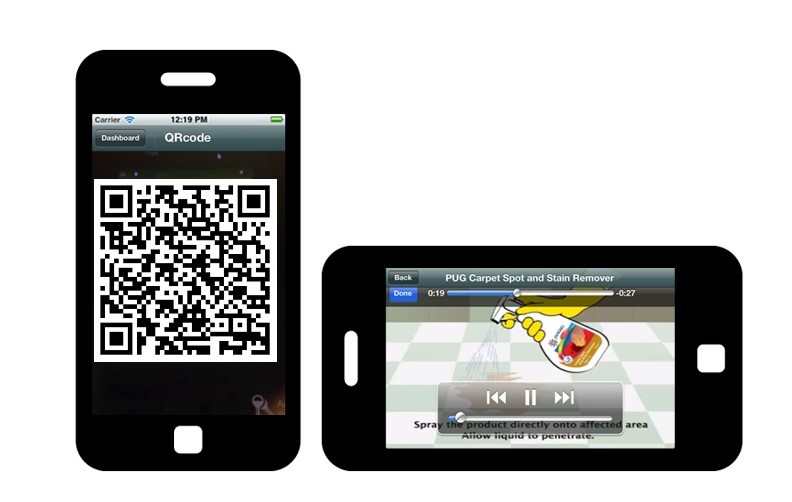Performance support is really about two things: the right information, at the right time. While this sounds simple, the details can be difficult. How do you make information available at the right time? Also, what is the right information at this time?
In this case study, we created a solution to using solutions appropriately. We analyzed the need and the situation and leveraged a principled assessment to design and deliver a solution.
The basics
How do you know the situation? The complex answer is to track the context: what is the individual currently doing? We can use their location, their calendar, or triggers built into any systems they’re using. That’s very much a ‘push’ solution.
A simpler solution is a ‘pull’ solution, where the individual asks for help. Then the issue becomes how they ask for help. They could use a search capability or browse a list, or we can have more direct triggers such as buttons.
There’s also the issue of the content. Mapping the contextual need for the solution is important. If folks need access to specifics with broad amounts of information, we might use a ‘lookup’ solution. If it’s a complex assessment, we might use a decision tree. To support accurate performance across multiple instances, we could use a checklist. For infrequently performed procedures, a step-by-step guide makes sense.
Determining the situation and the solution is not trivial. We needed to understand the situation.
The business need
In this case, a cleaning supply company wanted to support individuals using their products correctly. Satisfaction with the product is tied to it accomplishing its goals appropriately. The situation occurs when someone needing to clean, particularly for an unusual or infrequent type of mess. While instruction could be developed for things used frequently, it could be costly to arrange all the necessary training.
Thus, in this case, the need was for procedural support – the right amounts and practices with the cleaning supply to achieve the appropriate end. Folks would want to understand how to use this particular solution, and a guide to proper use was indicated. We could have used photos of each individual step with instructions, but in this case, the dynamics of the process suggested videos.
Then, these videos needed to be made available at the point of need. We wanted to trigger the videos when a particular cleaner was being used. The solution we used was attaching a particular QR code to each product. Thus, when folks had the cleaning solution to hand, so too was the proper procedure to use it. Users could point their phone cameras at the QR code, and bring up a video about how to use the product successfully.

The resulting solution has them point a smartphone camera at the QR Code, which leads them to an appropriate animation. Users don’t have to remember all the (different) steps for the products but instead can draw upon them as the need dictates.
Reflections
There was more to the overall project, but this was a specific solution to a particular aspect. In it, we were faced with a solution where training wasn’t the answer, and information in the world was. That’s the sweet spot for performance support; a need that challenges our cognitive architecture – whether limited working memory, flawed long-term memory, contextually overwhelming choices, etc. – and thus benefits from making information at the point of need instead of putting it in the head.
Putting information in the head, i.e., learning, makes sense in many situations, but it’s not easy to reliably get learning to persist. Further, certain situations don’t align well with our cognitive architecture in that respect. Knowing when to put information in the world is a powerful alternative, in many cases superior to training.
Interested in harnessing the power of performance support? Download our insightful eBook, ‘Microlearning: It’s Not What You Think It Is,’ to explore the full potential of microlearning. Discover how to provide the right information at the right time, just like in our case study. If you have any questions or would like to delve deeper into the world of microlearning, don’t hesitate to reach out to our team of experts at elearning@upsidelearning.com. We’re here to help you optimize your learning strategies.
















